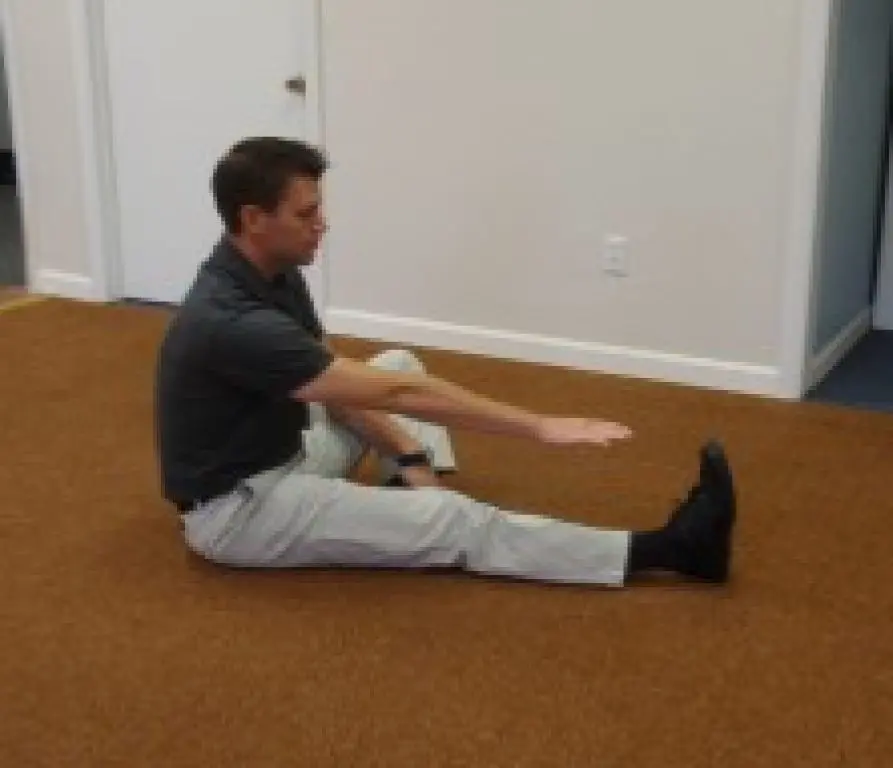Lifestyle
How to Improve Posture with Daily Stretches
Learn how to improve posture with our step-by-step guide to daily stretches. Target rounded shoulders and neck pain with these simple, effective exercises.
Slouching over a computer, hunching over a phone—our modern lives often lead to poor posture. Not only can this affect your appearance, but it can also result in back pain, neck strain, and headaches. The good news is that you can actively work to improve your posture by addressing the muscle imbalances caused by these habits.
This guide offers a simple, effective daily stretching routine designed to open up tight areas and promote better alignment. These stretches have become an essential part of my daily routine, helping me feel more confident and alleviating neck and shoulder tension.
Disclaimer: If you experience sharp or persistent pain, consult with a doctor or physical therapist before starting any new stretching routine.
Understanding the Problem: Why We Slouch
Poor posture is often due to muscle imbalances. The muscles in the front of your body (like your chest and hip flexors) become tight from prolonged sitting, while the muscles in the back (like your upper back and glutes) become weak and overstretched. The goal of stretching is to lengthen tight muscles and allow your body to return to a more neutral, supported position.
Step 1: The Daily Posture Reset Routine
Consistency is key! Perform these stretches once a day—either in the morning to start your day right or in the evening to unwind from the day’s strain. Over time, you’ll notice significant improvements.
- Doorway Chest Stretch
- Why it works: This stretch is highly effective for counteracting rounded shoulders, opening up tight chest muscles that pull your shoulders forward.
- How to do it:
- Stand in an open doorway.
- Place your forearms on the doorframe, elbows bent at 90 degrees, slightly below shoulder height.
- Step forward with one foot until you feel a gentle stretch across your chest.
- Keep your core engaged and avoid arching your lower back.
- Hold for 20-30 seconds.
- Repeat 2-3 times.
- Cat-Cow Stretch
- Why it works: This dynamic stretch enhances spinal mobility, releasing tension in the mid and lower back to promote a more aligned spine.
- How to do it:
- Start in a tabletop position on your hands and knees, wrists under shoulders, knees under hips.
- Cow Pose: Inhale, drop your belly towards the floor, lift your chest and tailbone, and look forward.
- Cat Pose: Exhale, press into your hands, round your spine up towards the ceiling, and tuck your chin.
- Flow between Cat and Cow for 10-15 repetitions.
- Chin Tucks
- Why it works: This exercise directly combats forward head posture (“tech neck”) by strengthening deep neck flexor muscles.
- How to do it:
- Sit or stand tall, looking straight ahead.
- Gently draw your head straight back (like making a double chin), without tilting up or down.
- You should feel a stretch at the back of your neck.
- Hold for 5 seconds, then relax.
- Repeat 10 times. Perform this throughout the day, especially if you’ve been looking down at your phone.
- Kneeling Hip Flexor Stretch
- Why it works: Sitting all day shortens and tightens hip flexors, pulling your pelvis forward and contributing to lower back pain. This stretch targets those muscles.
- How to do it:
- Kneel on one knee, with your front leg bent at a 90-degree angle, foot flat on the floor.
- Keep your back straight, gently tuck your tailbone, and shift your weight forward into the front leg.
- For a deeper stretch, raise the arm on the same side as your back knee.
- Hold for 20-30 seconds.
- Switch legs and repeat.
Step 2: Integrate Posture Awareness Into Your Day
Stretching is essential, but being mindful of your posture throughout the day is just as important.
- Set Up an Ergonomic Workspace: Keep your screen at eye level and ensure your feet are flat on the floor with your back supported by the chair.
- The Wall Test: Stand with your back against a wall. Your head, shoulder blades, and buttocks should touch the wall with a small curve in your lower back. This is a good model for “ideal” posture.
- Set Reminders: Use a phone alarm or sticky notes to remind yourself to check your posture every 30-60 minutes. A quick shoulder roll and chin tuck can make a big difference.
Step 3: Be Patient and Consistent
Improving posture doesn’t happen overnight. It requires consistent effort to retrain your muscles and develop new habits.
- Aim for daily practice: Even 5-10 minutes each day is more effective than a long session once a week.
- Listen to your body: You should feel a gentle stretch, not sharp pain.
- Celebrate small wins: Notice when you’re sitting or standing taller without thinking about it—that’s progress!
By incorporating these stretches and mindful habits into your daily routine, you can effectively improve your posture, reduce discomfort, and walk with more confidence and ease.



















